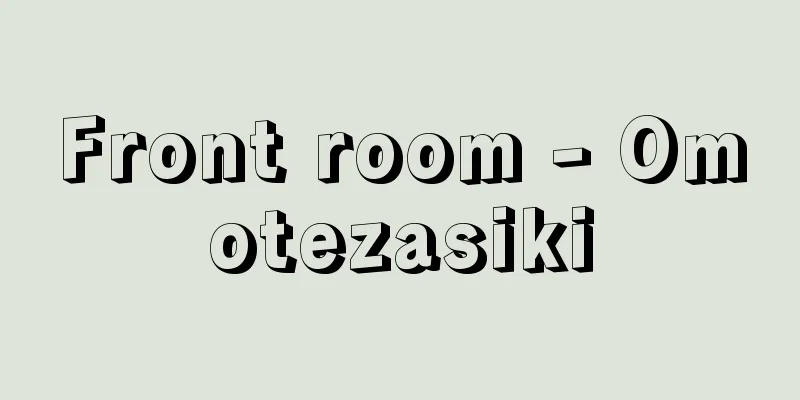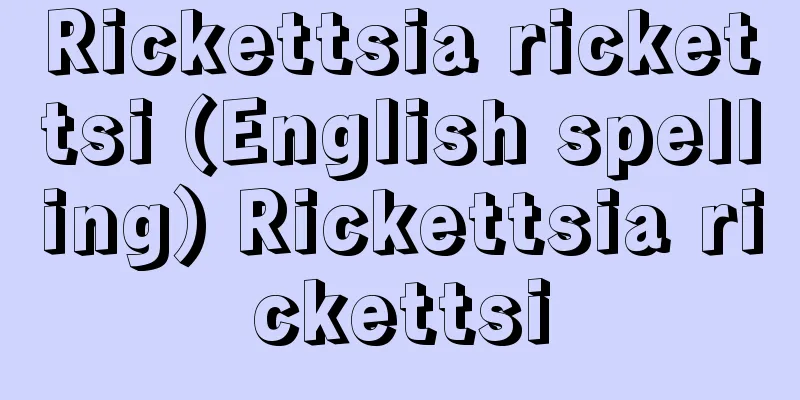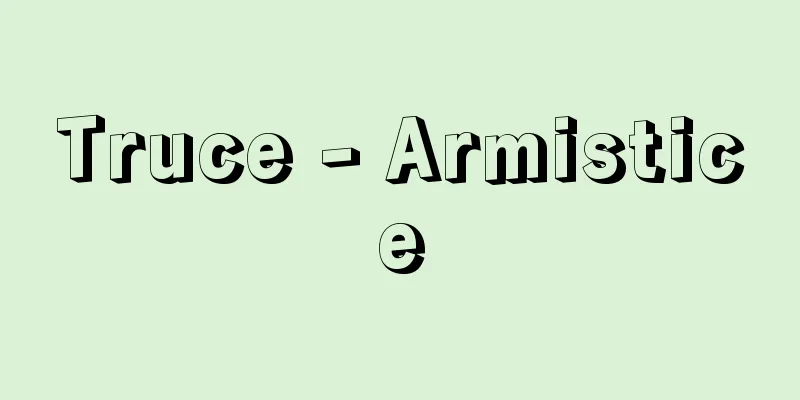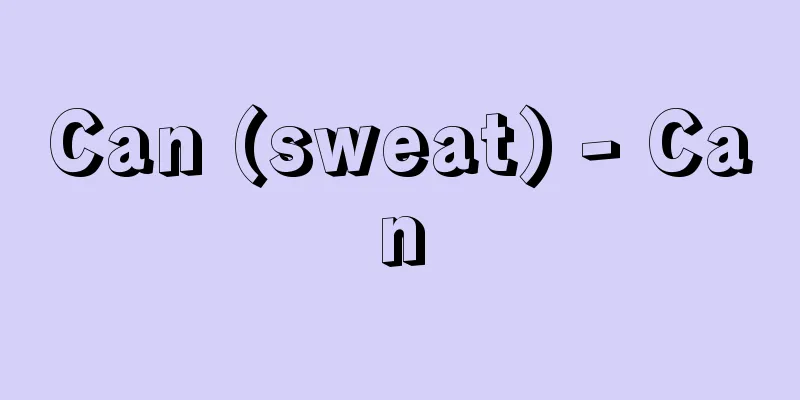Polo - polo (English spelling)

|
Four players compete with each other to get the ball with mallets and hit it into the goal. It is believed that the origin of the game is the horse-riding people's game, which was popular in ancient Persia, and is called Ćawgán, where Ćaw comes from Caupa (wooden piece) and gán comes from gán(a) (something to hit). The word polo is said to come from the Tibetan word pulu, which means ball. In the game, players wear numbers 1 to 4, with 1 and 2 being FW (forward) and 3 and 4 being BK (back). The game is played 8 times, 7 minutes and 30 seconds each. There is a 3-minute break after each period, and a 5-minute break at halftime after the 4th period. The referees consist of 2 riders and 1 sideline. The playing field is a rectangle 300 yards long (1 yard is about 91 centimeters) and 160 yards wide, with a safety zone around it. It must be surrounded by a white board fence 11 inches high (1 inch is about 2.54 centimeters), but if there is no fence, the safety zone is allowed to be up to 200 yards wide. The goal is made of two 10-foot-high (1 foot is about 30.48 centimeters) posts spaced 8 yards apart. The horses that players ride are called polo ponies, which are small horses and must be trained for several years and be 15 to 15.2 hands (1 hand is the length of a hand's width). The mallet is a wooden mallet with a shaft of 47 to 54 inches and a head that resembles an enlarged cigarette, 2 inches in diameter and 9 inches long. The ball is made of willow, ash, or bamboo root, 3.25 inches in diameter, and weighs 4.25 to 4.75 ounces (1 ounce is 28.35 grams). The uniforms for the game are white pants, a jersey in the team's colors, leather or rubber knee pads, and a helmet. The game begins with the ball being thrown between the two teams lined up on either side of the centre line. While still on horseback, players use a mallet to hit the ball into the opponent's goal, which awards one point. When defending their own goal, it is prohibited to grab the opponent's rider or horse, or to use a mallet to get in the way, but if they are on the same side of the ball as the opponent's horse, or immediately afterwards, they can use their own mallet to hook the mallet that the opponent is about to hit. If a goal is scored without any foul play, a penalty goal is awarded, and free hits are awarded depending on the foul play. If the score is tied after eight innings, the game is extended until one point is scored. Currently, the game is played mainly in India, the UK, and the US, but also in other parts of Europe and Africa. [Tsuneo Ishii] "Mori Mika, 'Polo: Its History and Spirit' (1997, Asahi Shimbun)" Source: Shogakukan Encyclopedia Nipponica About Encyclopedia Nipponica Information | Legend |
|
4人ずつのプレーヤーがマレット(長柄の木槌(きづち))でボールを奪い合い、ゴールに打ち込む。起源は騎馬民族の競技として始まったもので、古代ペルシアで盛んに行われた、チャウガーンĆawgánで、Ćawは木切れ=Caupa、gánはたたく物=gán(a)と推定される。ポロの語源は球を意味するチベット語puluに由来するとされる。 競技は、プレーヤーは1から4までの背番号をつけ、1、2はFW(フォワード)、3、4はBK(バック)になる。競技方法は1回7分30秒で、8回行う。回(ピリオド)が終わるたびに3分の休憩があり、4回目が終了したハーフ・タイムには5分間休む。審判は騎乗者2人とサイドライン1人からなっている。 競技場は長さ300ヤード(1ヤードは約91センチメートル)、幅160ヤード以内の長方形で、その周囲にはセーフティゾーンをつくる。11インチ(1インチは約2.54センチメートル)の高さの白い板柵(いたさく)で囲むのが規則だが、もし柵がない場合は、幅200ヤードまでがセーフティゾーンとして認められる。ゴールは高さ10フィート(1フィートは約30.48センチメートル)の柱を8ヤードの間隔で2本立てる。 プレーヤーが騎乗する馬はポロポニーといわれる小馬で、数年間調教訓練された15から15.2ハンズ(1ハンズは手幅の長さ)の高さの馬と限定されている。マレットはシャフト部分が47~54インチ、ヘッドは紙巻きたばこを大きくしたようなもので直径2インチ、長さ9インチの木製の槌である。ボールは、ヤナギ、トネリコ、竹の根でつくられ、直径3.25インチ、重さ4.25~4.75オンス(1オンスは28.35グラム)となっている。勝負服は白のパンツ、チームカラーのジャージーを着用、皮またはゴム製の膝(ひざ)当てとヘルメットを着けることになっている。 競技開始は、センターラインの両側に並んだ両チームの間に、ボールを投げ入れることから始まる。騎乗したままでマレットを使ってボールを打ち、相手ゴールに打ち込めば1点を与えられる。自陣のゴール防御の際、相手の人馬をつかんだり、マレットを使ってじゃますることは禁止されているが、ボールに対して相手の馬と同じサイドにいるか、直後の場合には、相手の打とうとするマレットを自分のマレットでひっかけることはできる。反則がなければゴールできたときにはペナルティーゴールが、また反則に応じてフリーヒットが与えられる。8回を終わって同点の場合は1点をとるまで延長する。現在は、インド、イギリス、アメリカなどを中心に、ヨーロッパ、アフリカなどでも行われている。 [石井恒男] 『森美香著『ポロ その歴史と精神』(1997・朝日新聞社)』 出典 小学館 日本大百科全書(ニッポニカ)日本大百科全書(ニッポニカ)について 情報 | 凡例 |
Recommend
Haematopodidae
…Any of the birds in the family Haematopodidae, o...
Blavatsky
A Russian mystic and the founder of Theosophy. He ...
Takaaki Uematsu
Year of death: September 14, 1912 Year of birth: M...
United Nations Conference on the Human Environment
Based on a United Nations General Assembly resolu...
Orthoarsenic acid (English spelling)
...The chemical formula is H 3 AsO 4 . It is also...
Molothrus
…As for social life, there are those that are alw...
Athena Lindia - Atena Rindia
…Even after the settlement at the end of the 5th ...
Pierre Le Pesant de Boisguilbert
1646‐1714 French economist. Sometimes written as B...
Goshi
A military strategist from the Warring States per...
Trolling - Trolling (English spelling)
Also called trolling, this is a method of fishing...
Uchigami
On the stone slab Mallet Hammer Paper that has bee...
Edenburg - Edenburg
The German name for the town of Sopron in northwes...
Furuts
The name of a port in Shiga County, Omi Province. ...
San Joaquin River
A river in central California, USA. It flows south...
Collection of lottery tickets
A book of instruction for Suika Shinto. Edited by ...









